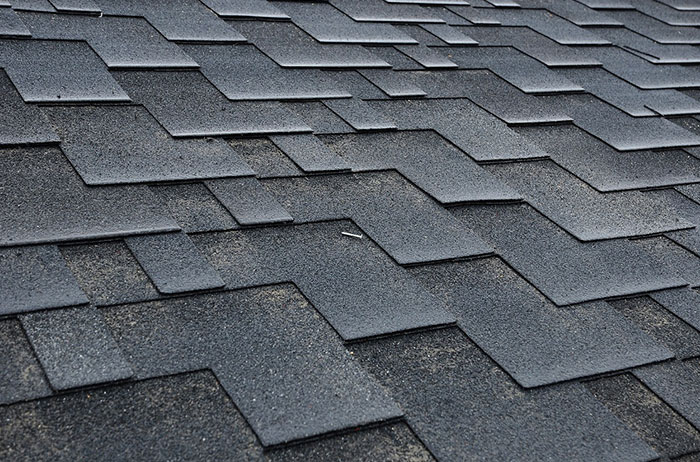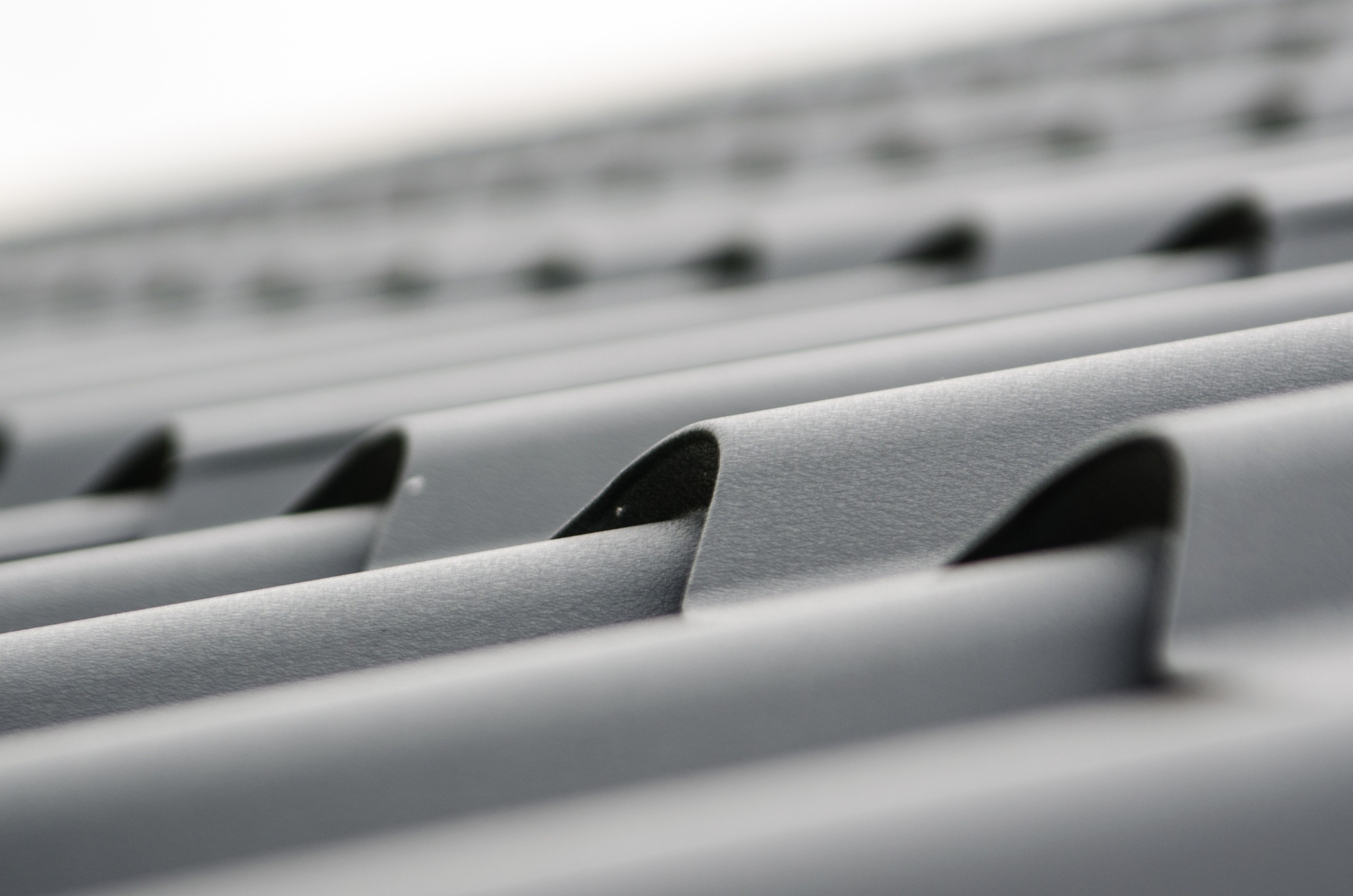In the ever-evolving realm of modern architecture and construction, metal roofing continues to be the most common roofing type for homeowners. The bigger part of the reason behind this is thanks to its sleek appearance, impressive durability, and eco-friendly advantages.
However, like any building material, metal roofing has challenges. The metal roofing solution also encounters hurdles that occasionally dampen the shine of its exceptionality.
In this comprehensive article, we will delve into the most common that seem to affect metal roofing generally.
-
Oil canning
One of the most common issues plaguing metal roofs is the unsightly phenomenon known as oil canning. It doesn’t matter if the roof is made from aluminum, steel, copper, or zinc, oil canning still finds its way to plague the roof. This waviness or wrinkling is particularly visible in the flat sections of metal roof and wall panels.
Oil canning can stem from various factors during the metal production process. One of the instances is the case of over-production, where extreme pressure is exerted during coiling.
This practice can lead to oil canning, as can the frequent stress from coil slitting and roll forming. Another contributing factor is the lack of sufficient space for thermal expansion and contraction of the metal panels.
In case you’re wondering, yes, there are several ways through which you can mitigate the risk of oil canning. One way to do this is by opting for thicker metal panels and using a ribbed roller to break up flat spaces.
Additionally, you can select metal panels with a low gloss or matte finish since they can reduce the visibility of oil canning. Another equally vital approach is to employ experienced roofers familiar with techniques to prevent oil canning.
-
Scuffs & scratches
While metal roofing offers numerous advantages, it is not immune to scuffs and scratches, particularly during handling and installation. To safeguard against such damages, manufacturers exercise great caution while preparing and transporting metal coils. They use materials like edge guards to protect sheets during shipping, and they use proper lifting devices to ensure safe handling.
During installation, contractors must avoid accidentally rubbing or dropping tools on the metal panels. Additionally, there should be limited movements on the panels after installation to prevent scuffing.
Regardless, you should note that scratches or scuffs may occasionally occur despite following precautions. Fortunately, these surface imperfections can be rectified with the appropriate paint or touch-up pens that match the roof’s color.
However, if a deep gouge reaches the core of the steel, it becomes necessary to replace the affected panel.
Homeowners and contractors should communicate openly about any visible scratches or scuffs to promptly address and resolve such issues. With such proper attention and care, metal roofing can retain its pristine appearance and durability as it stands the test of time.
-
Dissimilar metals & materials
A crucial aspect of metal roofing that demands vigilant consideration is the combination of dissimilar metals and materials.
There is a phenomenon known as Galvanic corrosion. It is an electrochemical process triggered when two different metals come into contact and encounter water or other electrolytes. In such instances, the more active metal is susceptible to accelerated corrosion, potentially leading to degradation and staining.
To prevent this, avoiding mixing different metals with roof panels is necessary. Homeowners should thoroughly discuss with their contractors to ensure that only compatible products are used in their metal roof installation. This will help prevent any potential adverse reactions.
You should carefully consider specific materials that may not harmonize well with the chosen metal roof, such as copper, bricks, treated timber, iron, and concrete. Cautiously select components like panels, gutters, fasteners, rivets, flashing, and other roofing elements. It will help minimize the risk of galvanic reactions.
-
Chalking & fading
As metal roof panels bask in the outdoor environment, inevitably, their vibrant colors may gradually fade or chalk over time. This is bound to happen regardless of the pigment or resin used. To extend the color life of a metal roof, homeowners are advised to opt for high-quality adhesives like Kynar or Hylar.
That being said, it is important to understand the distinction between chalking and fading. Chalking refers to the white residue on painted or coated metal panels. They are collected from the breakdown of paint resin due to prolonged UV exposure.
Fading, on the other hand, occurs when the paint’s pigment on the metal substrate deteriorates, leading to a shift in color. Factors like UV rays, water exposure, chemicals, and environmental pollution influence this deterioration.
The deterioration process may cause uneven fading due to varying exposure of roof panels to sunlight and substances. While you can experience chalking and fading in any climate, their severity depends on a few factors. These factors largely depend on the environmental conditions and chemicals to which the metal roof is exposed.
If you want to tackle chalking and fading, you can employ the services of a reputable manufacturer. Reputable manufacturers usually offer paint warranties that cover chalking and fading.
-
Roof leaking
Dealing with a leaky roof is an unwelcome and potentially costly predicament, as it can cause damage to valuable belongings within your home. In metal roofs, leaks commonly occur at the exposed fasteners on the panels.
Therefore, it is essential to prioritize proper roof installation to prevent these issues. A reputable contractor with expertise in quality installations and adherence to the manufacturer’s recommendations is crucial for ensuring a leak-resistant metal roof.
Note that roof leaks in metal roofing can arise from various causes, some beyond our control and others due to human errors. Extreme weather conditions, such as rapid freezing and ice thawing, are some factors we can’t control.
Additionally, aging of the roof and poorly constructed seams linking multiple panels can contribute to leaks. Proper flashing safeguards against moisture seepage into joints and is also critical in preventing leaks.
Delaying action on a leak can worsen the situation. It can damage the building’s structure and necessitate costly restoration. Therefore, you must address the issue promptly.
Ensure to seek assistance from experienced professionals. They can accurately identify the source of the leak and effectively resolve the problem.
Regarding roofing, entrusting experts like Shoreline Roofing ensures efficient and reliable solutions to common metal roofing issues like leaks.
-
Corrosion
One of the compelling reasons homeowners opt for metal roofing is its remarkable corrosion resistance. After all, most metal panels come equipped with protective coatings designed to combat corrosion.
While metal roofing is engineered to withstand corrosion, certain situations may still give rise to this issue. Improper coating on the underside of the panel can trap water and weaken the metal enough to cause corrosion.
Coastal homes face an increased risk of corrosion due to saltwater exposure. Hence, consider more resistant metals like aluminum or zinc if you live in such areas.
Several factors contribute to corrosion, including dissimilar metals when combined. Other factors include cutting edges without protective measures and interactions with saltwater or granulated underlayment.
Homeowners must be informed about various metal types and paint systems to avoid corrosion. They should understand the compatibility of these metals and paints with specific environments.
-
Installation errors
Installation errors can lead to various unforeseen problems in metal roofing. Including, but not limited to, missing components, subpar rubber roofing supplies, loose screws, and poorly attached flashing.
While some of these issues may be unpredictable, homeowners can take proactive steps to minimize their occurrence.
Choosing the right installer is paramount in avoiding common installation difficulties. Therefore, you should only employ highly experienced professionals with a record of installing high-quality metal roofs.
This can significantly reduce the likelihood of errors. Thoroughly vetting potential installers and seeking recommendations can offer assurance and peace of mind.
Conclusion
Don’t compromise on the protection and beauty of your property. Let Shoreline Roofing be your partner in securing a robust and reliable metal roofing system.
Contact us today for a seamless roofing experience.



